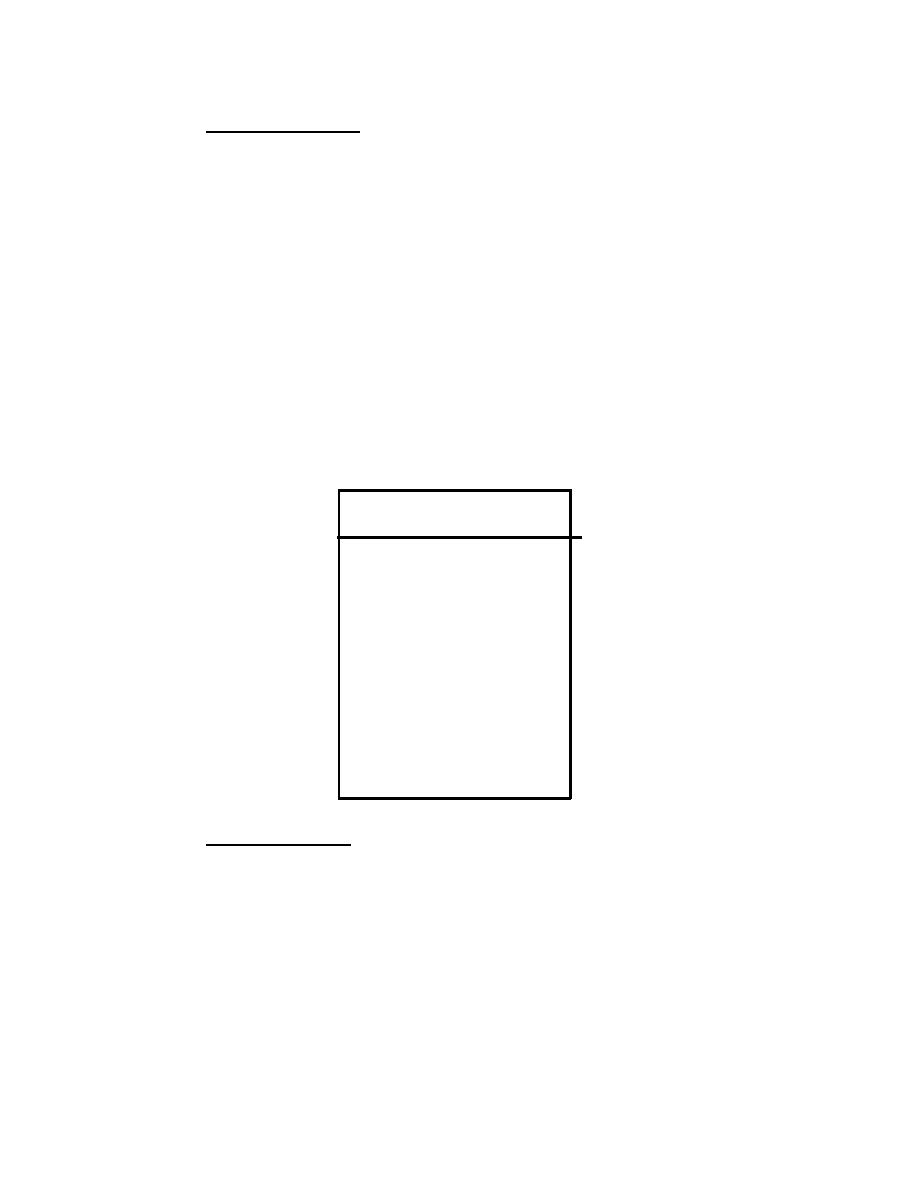
MIL-HDBK-1004/10
Short Line Method. The short line method is used when an isolated
4.3.3.1
section of pipeline is available for testing. The test setup is shown in
Figure 13. In the short line method, the test current is applied then
interrupted. The difference between the applied and interrupted current is
>I. The change in structure-to-electrolyte potentials at the two test points
(>E1 and >E2), which occur when the current is interrupted, are measured. If
the ratio between >E1 and >E2 is greater than 1.6, a correction factor from
Table 6 is applied by multiplying >E2 by the correction factor. Coating
conductance (Fmhos/ft) is then calculated using the following formula:
>I x 106/[(>E1 + >E2/2)/2] length (ft)
(6)
EQUATION:
where
>E1 =
pipe-to-electrolyte potential with current off
>E2 =
pipe-to-electrolyte potential with current on
Table 6
Corrections Factors - Short Line Coating Conductance
VOLTAGE CHANGE - >E1/>E2)
RATIO
FACTOR
1.6
0.919
1.7
0.908
1.8
0.896
1.9
0.886
2.0
0.876
2.1
0.868
2.2
0.860
2.3
0.851
2.4
0.843
2.5
0.835
2.6
0.829
2.7
0.821
2.8
0.841
2.9
0.809
3.0
0.802
Long Line Method. The long line method is used when a section of
4.3.3.2
structure cannot be effectively isolated or when the >E1/>E2 ratio in the
short line method exceeds 3.0. The test setup for the long line method is
shown in Figure 14.
33


 Previous Page
Previous Page
